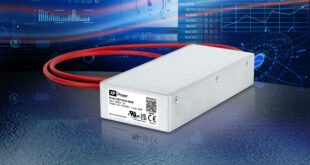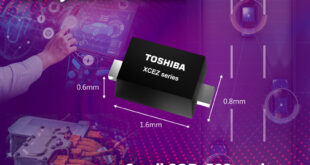Pervasive Displays (PDi) announces that its full range of Aurora black and white e-paper, or E-ink, electrophoretic displays (EPDs) are available with immediate effect.
These chip-on-glass (COG) front plane laminate (FPL) displays make use of the latest driving waveform technology to produce sharp images in a thin design that leaves plenty of room for an application’s electronic control circuitry and battery.
EPDs have changed the options for applications requiring monochrome displays, thanks to their bi-stable functionality.
Only updating the display’s image requires power, allowing total power consumption to be kept to an absolute minimum. This makes them ideal for applications where the content of the display changes irregularly, such as digital signs, retail spaces, office automation, building navigation, reusable badges, and healthcare.
Such solutions can also be battery powered, allowing them to be installed in locations that lack alternative locally-installed power sources, such as shelving, on doors and windows, or devices that are not fixed in place.
In order to provide a cost-down option for solutions using EPDs, some products in the range integrate their own timing controller (Tcon) and booster circuitry. This helps to minimize the external circuitry required to interface with the display to reduce the total bill-of-materials (BOM) and simplify the software programming required.
For full flexibility, EPDs with an external Tcon are also available but may require an optional boost circuit.
The Aurora Ma (V230) range of EPDs support operation over the -25°C to 10°C temperature range, the Aurora Mb (V231) EPDs 0°C to 50°C, and Aurora -25 (V430) EPDs the -20°C to 50°C range while providing resolutions of between 100 and 140 dots-per-inch (DPI).
A one-time programming (OTP) option also allows predefined images to be recalled without the need for long data transfers from a host CPU. For a 3.0 V supply voltage, a updating a typical image requires less then 5mA for a 212 x 104 pixel ESD, taking around 2 seconds.
 Engineer News Network The ultimate online news and information resource for today’s engineer
Engineer News Network The ultimate online news and information resource for today’s engineer





